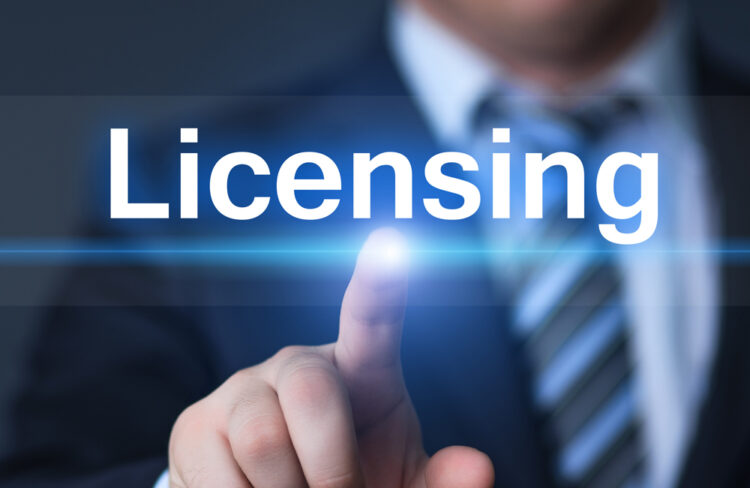Starting on an entrepreneurial journey was never considered easy, but with the advent of technology, treading on this path has become highly attainable. The world of e-commerce has opened up so many opportunities for budding entrepreneurs all across the world.
This leaves us to go back to the roots of starting a business and ask one simple question, how can one start up their own electronic business.
Without further ado, let us take a step-by-step approach on how one can start up their own online electronic business.
Table of Contents
Step 1: Narrow down on your niche

Source: greekshares.com
Before investing one’s energy in starting a business, one must conduct thorough research on the venture one wishes to start. This includes selecting a niche.
For instance, if an individual wishes to start a restaurant, options such as the location of the restaurant, competitors of the venture, offers, and discounts that can be offered, and so on must be looked into.
While doing the research, plenty of questions will arise that will help define the business plan and its goals articulately. This step will provide one with a clear idea of what service or product they will sell.
Step 2: Choose the name of your brand and begin legal formalities

Source: emotivebrand.com
Once your business plan is drawn out, a legal brand name to the business must be decided and registered with. It must be kept in mind that the site must not be imitated or copied from any existing company.
A potential domain name is looked into, which will have the name of the brand involved. Though it is not mandatory to start working on the website straight away, keeping a domain name in hand right from the start is always better.
The legal formalities involved include performing the financial procedures of setting up an online business as well as legal implications. The legal factor helps one decide what kind of business they wish to own, may it be LLC, corporation, sole proprietorship, or general partnership.
Step 3: Separating personal and business accounts

Source: 3wisebears.co.uk
Though this step is not mandatory, it is suggested to be performed, especially if one is new to the field of e-commerce.
In countries such as the US, an EIN is applied for. In this, the employer is provided with a 9 digit number that helps them handle their business more efficiently.
Step 4: Getting permits and licenses to run the business

Source: coinstelegram.com
It is always important to run the business legally, even though it may take quite a while to get the paperwork sorted out. The licenses and the permits secured must follow the rules of the city or the state the individual wishes to run the business from.
Most of the e-commerce sites are run from the comforts of one’s home. This makes it easier on the entrepreneur as the number of permits and licenses required is less when compared to starting a brick-and-mortar company.
It is mandatory to look into all the rules on how to run an e-commerce company in one’s region before starting up the business.
Some common licenses that would be required include signage permits, sales tax permits, trade licenses, health, safety, and environmental permits, and many other such formalities.
Step 5: Creating the online website and store

Source: dreamworldcup.net
Once the legal paperwork is sorted out, an online presence of the store is to be established.
Instead of a physical store, the online website will be selling the product or service that the company is offering. While creating the online website many important facts are to be kept in mind.
One of these important facts includes choosing an appropriate domain name. The domain name must be closely related to the name of the business so that the customers do not have a hard time finding the company.
Choosing a suitable e-commerce platform is also very important. Many businesses choose an online platform based on their needs. Some tend to go through an open-source platform while others go through a platform that provides all-in-one software.
There are a massive number of e-commerce platforms to choose from. Some well-reputed and highly recommended ones include Shopify, WooCommerce, Squarespace, and Magento.
This step is quite an important one as this would be the virtual network from where the products or services would be sold. Thus looking into the features of the platform such as user interface, cost, usability, and other factors will help select the best fit out of the lot.
Step 6: Draw out a list of services/products

Source: inc.com
By this point, one is just a few steps short of going into business. In fact, the business plan that was drawn out in step 1 comes into play here.
The research into the niche would’ve given one a detailed plan on what they want to sell and how they wish to acquire the product or service. Some chose to manufacture the product or service on their own while others source it from a distributor and re-sell it. The ones who buy it from a distributor usually buy it wholesale. Many e-commerce stores selling interior decor tend to purchase RGB LED strips wholesale and then resell them. Click here for more information.
Step 7: Market your brand

Source: economia.rs
Marketing of the brand is very important during the infant stage of the business. The budget used for this purpose must be used judiciously. SEO marketing and other related tools are some of the most commonly used forms of marketing.
Once the delivery orders slowly start trickling in one can confirm that the online business is finally open. It is alright to change the business strategies from time to time as the market is volatile. Trying out different approaches, in the beginning, helps the company in the long run.
Conclusion
With the majority of the world’s functions moving online, starting an online electronic business has become a massive trend that everyone seems to be a part of.
We hope the above-mentioned steps help aid you in the process of starting up your own venture real soon. Good luck!

